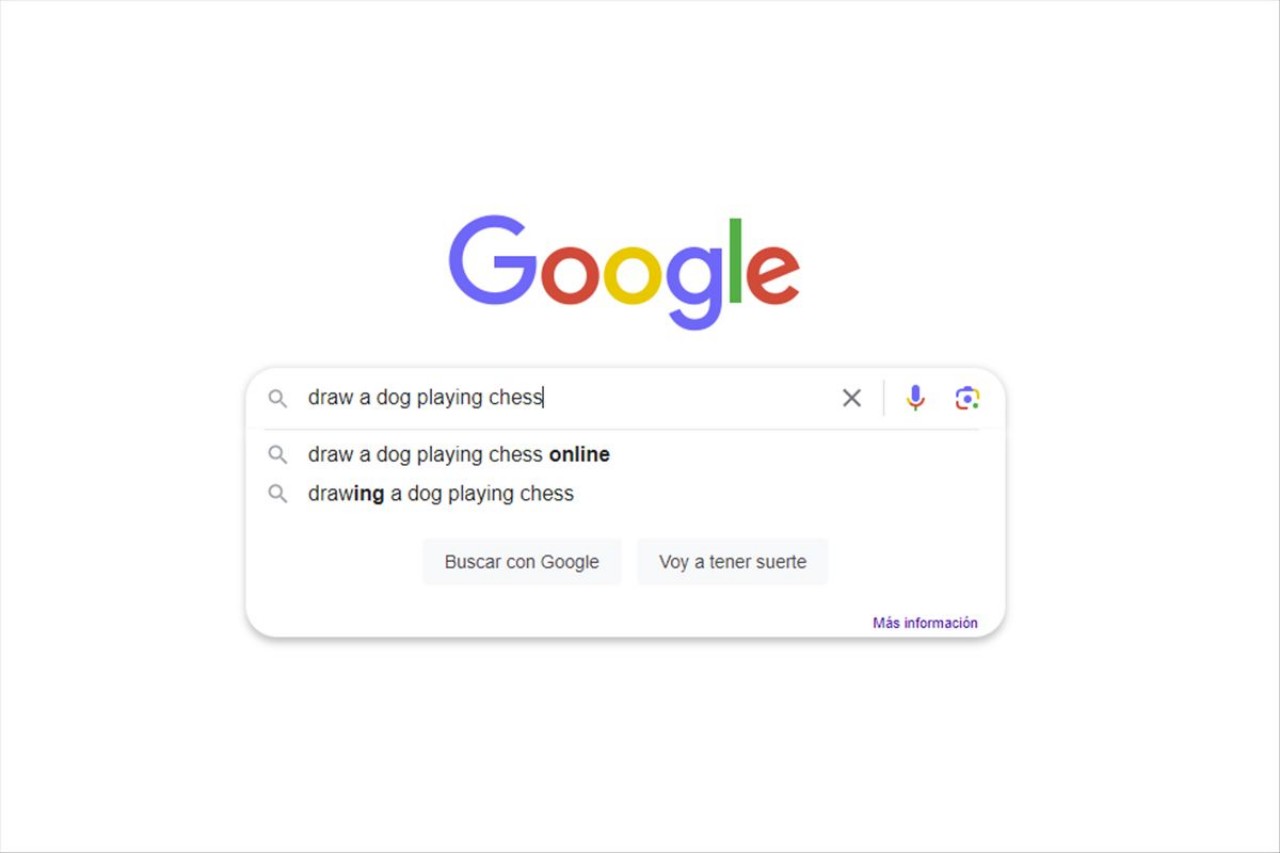Google has taken another step in its quest to make its search engine more interactive and functional. The company has announced the incorporation of an AI image generation function in its search engine. But not everything is as simple as it seems; There are certain restrictions and limitations that deserve careful analysis.
The new functionality allows users to generate images from text. This feature is based on Image, Google’s AI image generation model. However, there is one detail: it is only available to those who choose to participate in the Search Generative Experience (SGE), a beta testing service from Google.
This is not the first time we have seen functionality of this type. Adobe has already launched its Firefly 2 and OpenAI has done the same with DALL-E 3. Both offerings have captured public attention and set a standard in the AI imaging market.
Although Google has enthusiastically announced this functionality, access is notably restricted. A credit card is required for access through the Google Cloud AI Vertex development and deployment environment. Even those who opt for SGE have reported that the functionality is not always available.
For the average user, this could be both a blessing and a complication. The functionality offers a new level of search engine interaction, but access restrictions and technical limitations could be a barrier to broader adoption.
Google is no stranger to criticism in its foray into the world of AI. Its Bard chatbot has received mixed results, and now faces the challenge of offering imaging functionality that truly adds value in an already saturated market.
Google’s entry into AI imaging is an interesting step, but it’s far from a game-changer in the tech ecosystem. The real question is whether Google can overcome the current limitations and offer something that is not only novel, but also useful and accessible to everyone.



